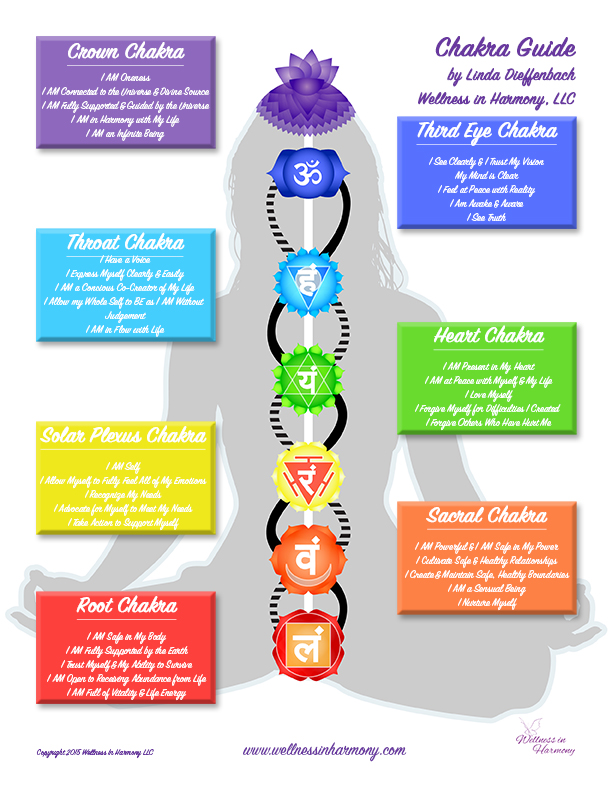Chakras are not a closed practice; they originate from ancient Indian traditions and are accessible to anyone interested in spiritual and holistic practices.
Many spiritual seekers wonder whether working with chakras constitutes cultural appropriation. The short answer is no – chakra systems are open spiritual concepts with roots in Hinduism that have been shared globally for centuries. However, understanding their origins and practicing respectfully remains crucial.

The Origins of Chakra Wisdom
Chakra systems originated in ancient Hindu texts like the Vedas and Upanishads, dating back to 1500-500 BCE. These energy centers were later incorporated into Buddhist teachings as the tradition spread across Asia. Unlike truly closed practices like Vodou or Santeria, chakra knowledge has always been shared openly across cultures.
Key historical points about chakras:
- First mentioned in the Vedas, ancient Hindu scriptures
- Detailed in the Yoga Upanishads (600 BCE)
- Expanded in the Yoga Sutras of Patanjali (200 BCE)
- Adopted into Tibetan Buddhism (700 CE onward)
How Chakras Entered Western Consciousness
The Theosophical Society played a major role in introducing chakras to the West in the late 19th century. Sir John Woodroffe’s 1919 book “The Serpent Power” provided detailed translations of Indian texts about chakras, making this knowledge accessible globally.

Cultural Appreciation vs. Appropriation
While chakras aren’t a closed practice, respectful engagement matters. Here’s how to honor their roots:
1. Acknowledge the Origins
Always credit Hindu and Buddhist traditions when discussing chakras. These systems developed over millennia within these spiritual frameworks.
2. Avoid Watering Down the Practice
Many modern interpretations oversimplify chakras. For deeper understanding, study traditional texts like the Upanishads or Patanjali’s Yoga Sutras.
3. Support Traditional Teachers
When possible, learn from authentic Hindu or Buddhist teachers. Many offer courses online today.
Working With Chakras Respectfully
You can incorporate chakra work into your spiritual practice while honoring its origins. Here are some respectful approaches:
Meditation and Energy Work
Traditional chakra meditation focuses on:
- Visualizing each energy center
- Chanting bija (seed) mantras
- Using breath to move energy
For authentic guidance, consider beginner meditation books that respect the tradition.
Using Crystals and Stones
Certain stones traditionally align with specific chakras:
| Chakra | Traditional Stone |
|---|---|
| Root | Red Jasper |
| Sacral | Carnelian |
| Solar Plexus | Citrine |
Learn more about stones for each chakra from authentic sources.
Common Misconceptions About Chakras
Modern spirituality often misrepresents chakras. Here’s the truth behind three common myths:
Myth 1: Chakras Are New Age
While popular in New Age circles, chakras originate in ancient Indian spirituality dating back thousands of years.
Myth 2: You Can “Open” Chakras Permanently
In traditional practice, chakras require ongoing balancing – they’re not like switches you flip once.
Myth 3: Chakras Conflict With Other Religions
Many Christians, Jews, and Muslims incorporate chakra work while maintaining their faith. The energy system is compatible with most spiritual paths.
Deepening Your Chakra Practice
For those wanting to explore chakras more deeply while respecting their origins:
Study Traditional Texts
The Wisdom Library offers free translations of many Hindu scriptures discussing chakras.
Work With Authentic Teachers
Seek out Hindu or Buddhist teachers offering authentic chakra instruction, either locally or online.
Combine With Complementary Practices
Traditional yoga, pranayama (breathwork), and meditation naturally support chakra work. Our guide to chakra balancing music can enhance your practice.
By understanding chakras’ rich history and practicing with respect, we honor this ancient wisdom while benefiting from its transformative power.
